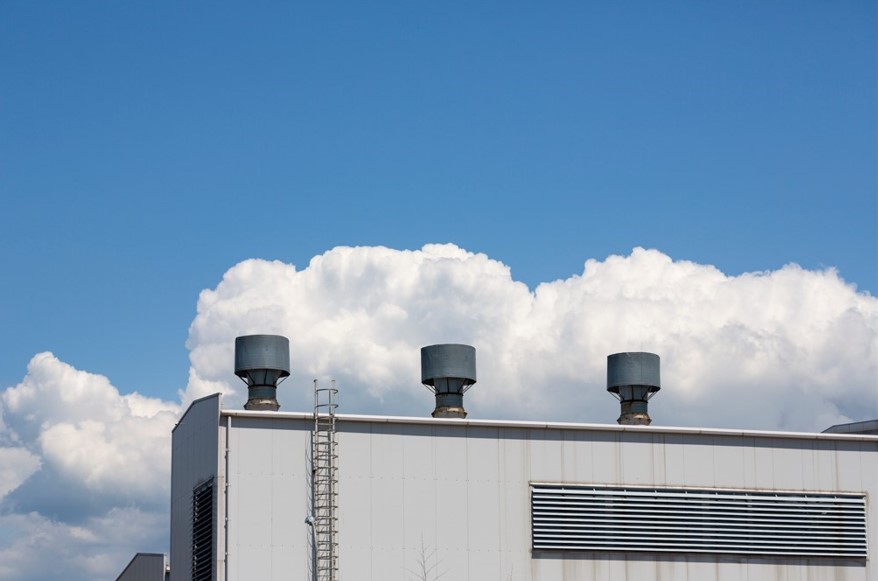Synthetic Fuel Production from Direct Air Capture (DAC) technologies
Synthetic Fuel Production
Synthetic Fuel Production – People use the term synthetic fuel to describe a liquid fuel that they produce artificially, rather than it being produced from naturally occurring crude oil.
Its production involves a process called Fisher-Tropsch that helps in converting hydrocarbons into syngas.
In addition to deriving the fuel from coal, natural gas, renewable biomass, and other sources, people can also make synfuels by capturing carbon dioxide.
We estimate that this fuel emits 51 percent less carbon than its counterpart. Direct air capture (DAC) is one of the most used technologies for extracting CO2 or other carbon compounds directly from the ambient air.
A recent study observed the effects of CO2 extraction on the global economies and found that the removal of 5 Gt/yCO2 (gigaton of CO2 per year) would cost about $500 billion, which, at present, is 0.6 percent of the global GDP.
According to a recent report, researchers predict that global CO2 emissions will reach between 52 to 58 Gt/yCO2 by 2030. If humanity does not significantly reduce greenhouse gas emissions, global warming will exceed the 2°C level by 2050.
DAC – Direct Air Captured
DAC is viewed as an alternative to CSS for reducing carbon footprints.
There are many factors such as cost that are impeding the growth of this technology in the carbon-neutral fuel sector.
Solid sorbent DAC costs $89-$877/tCO2, while solvent-based DAC costs $156-$506/tCO2 for net-zero CO2 removal.
Recent studies suggest that scaling up DAC deployment at a faster rate is a key factor in its growth.
Market overview of synthetic fuel production
Headquartered in British Columbia, Carbon Engineering Ltd. is a manufacturer of synthetic fuel. It will begin its first large-scale commercial plant construction in 2022.
By 2030, the company will produce synthetic fuels worldwide with DAC tech, expanding to Europe, Canada, UK, and US.
Geological formations underground can effectively dispose of excess CO2 and reduce the Earth’s surface temperature.
The geological storage sites, if properly managed, can store CO2 for millions of years without harming the climate.
The company aims to capture one million tonnes of carbon dioxide from the air every year.
Our 100 million liter fuel production will require up to 25,000 tonnes of green hydrogen, driving demand in Canada.
The company believes that by 2050, DAC facilities will be playing a vital role in achieving net-zero carbon emissions from fuels.
Orca – Synthetic Fuel Production
At present, there are nineteen small-scale operational DAC plants in Europe, the US, and Canada.
In Hellisheidi, Iceland, Climewoks, and CarbFix are currently building an industrial carbon capture and storage plant named ‘Orca.’
After capturing and blending CO2 from all sources, we will store it in underground basalt rock formations. The unused CO2 will turn into rock through mineralization.
The companies also plan to build a CO2 mineral storage plant on a nearby site. Orca can remove 4,000 tonnes of CO2 from the atmosphere each year.
Chevron Corporation
Microsoft along with energy-sector companies namely Chevron Corporation, Schlumberger New Energy, and others, are jointly building a plant that will convert agricultural waste biomass into renewable synthesis gas.
With the help of direct air capture technology, this gas will be used to make synthetic fuel. They installed the plant in Mendota, California, with the aim of providing electricity to 65,000 households in the state by 2025. The plant will generate 300,000 tonnes of CO2 annually, and the captured carbon dioxide will be stored in nearby underground geological formations.
We predict that the completed facility will remove emissions from about 200,000 tonnes of agricultural biomass waste annually, including nitrous oxide, CO, CO2, and other particulates.
What’s next
At the moment, the DAC technology is still expensive and has hurdles to overcome to reduce carbon emissions from the atmosphere.
Thus, while this technology paves its way into the net-zero emission synthetic fuel sector, it is atmost a sustainable supplement that works in the favour of the environment.
Recent findings, reports, and studies have concluded that swift adaptation to climate changes caused by carbon emissions is necessary, and that we must remove significant amounts of carbon dioxide from the atmosphere.
The direct air capture technology holds the potential to remove gigatons of carbon dioxide from the atmosphere.
The ability to strengthen carbon capture from fuel emissions using DAC outweighs the challenges of developing the technology.
Finding and developing new absorbents, catalysts, and energy sources to develop high-quality fuel is next in line for the DAC industry.







Leave a Comment